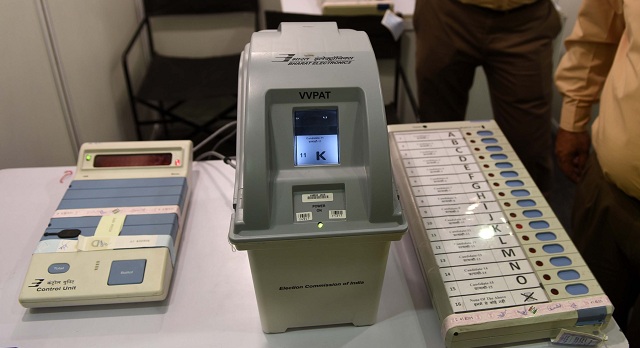In the democratic process, elections are the cornerstone of representation and governance. Ensuring the integrity and transparency of elections is crucial for upholding the trust of citizens. One critical aspect of this process is the Voter Verified Paper Audit Trail (VVPAT) system, which provides a physical record of voters’ choices. However, the call for 100% VVPAT verification in the 2024 elections presents both practical and logistical challenges.
Understanding VVPAT
Before delving into the challenges, let’s understand what VVPAT entails:
- What is VVPAT?
- VVPAT is a method used in elections to provide a tangible record of the voter’s choice.
- When a voter casts their vote using an Electronic Voting Machine (EVM), the VVPAT system generates a paper slip containing the name and symbol of the candidate for whom the vote was cast.
- Voters can verify this paper slip to ensure that their vote was accurately recorded.
- VVPAT serves as a paper trail that can be used for audit and verification purposes in case of disputes or discrepancies.
- Current Practice:
- Currently, the Election Commission verifies only five randomly selected EVMs in each assembly segment of a parliamentary constituency.
- This practice has faced criticism, leading to calls for more comprehensive verification.
The Challenges:
1. Time Constraints:
- Conducting 100% VVPAT verification would significantly extend the election process.
- The current rule mandates sequential verification, which can cause delays.
- Advocates for 100% verification propose simultaneous verification and deploying additional staff to expedite the process. However, this could still take about 5-6 hours per area.
2. Resource Allocation:
- Verifying all VVPAT slips requires substantial manpower and resources.
- Despite the government’s investment in VVPATs, only a small fraction of them are currently checked.
- Balancing the need for thorough verification with practical resource constraints is a delicate task.
3. Expert Opinions and Mistakes:
- Experts have raised questions about both VVPATs and EVMs.
- Past incidents of counting errors underscore the importance of meticulous verification.
- Advocates argue that checking all VVPAT slips is essential to maintain public confidence.
4. Logistical Complexity:
- Managing the logistics of collecting, storing, and verifying thousands of VVPAT slips is no small feat.
- Ensuring transparency while preventing mishandling or tampering requires robust protocols.
5. Glass Transparency and Lighting:
- The petition also seeks transparency in the VVPAT machine’s glass.
- Voters should be able to clearly see their vote records.
- Adequate lighting is crucial for this purpose.
The Petition’s Demands:
The petition filed by lawyer and activist Arun Kumar Agrawal seeks the following reliefs:
- Mandatory Cross-Verification:
- The Election Commission should cross-verify EVM counts with VVPAT slips.
- Quashing of Sequential Verification Rule:
- Guideline No. 14.7 (h), which allows only sequential VVPAT verification, should be reconsidered.
- Physical Assurance for Voters:
- Voters should be allowed to physically drop their VVPAT slips into a ballot box for added assurance.
- Transparent VVPAT Machines:
- The VVPAT machine’s glass should be transparent, ensuring voters can see their records clearly.
In summary, while the call for 100% VVPAT verification aims to enhance electoral transparency, addressing the associated challenges requires a delicate balance between thoroughness and practicality. As India prepares for the 2024 elections, finding solutions that uphold democratic principles while maintaining efficiency remains a pressing task




